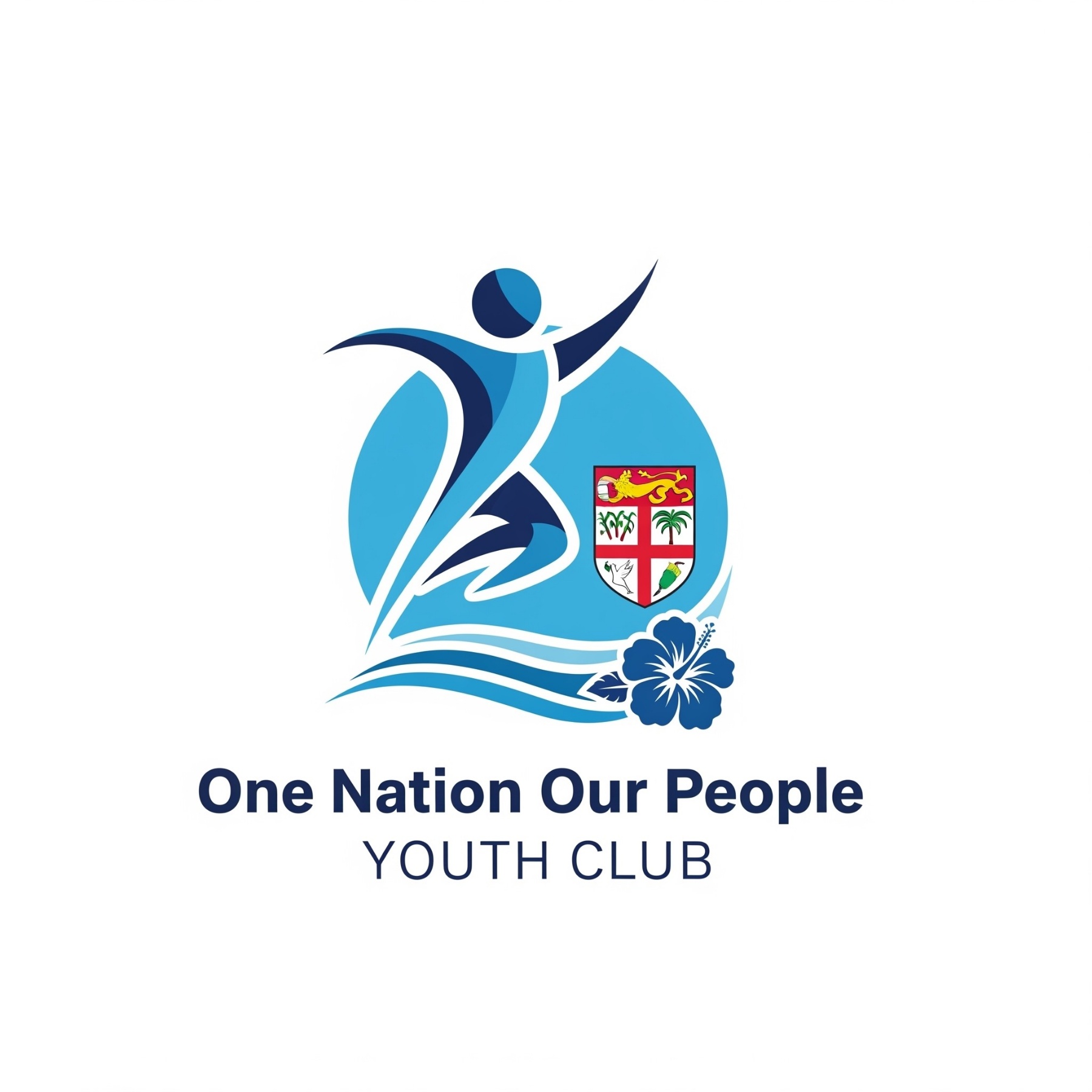In recent years, the frequency and intensity of natural disasters—such as floods, earthquakes, wildfires, and storms—have increased dramatically, placing countless communities at risk. In the face of such challenges, it is crucial not only to respond swiftly but to prepare effectively. Disaster response and community resilience go hand in hand: timely intervention saves lives, while long-term preparedness ensures communities can recover, adapt, and thrive. By responding promptly to disasters and working with stakeholders to strengthen community preparedness, we can build safer, more resilient societies.
The Importance of Timely Disaster Response
When disaster strikes, every second counts. Rapid response is vital in preventing loss of life, minimizing damage, and supporting affected individuals. Emergency aid—including food, clean water, shelter, medical care, and psychosocial support—must be delivered quickly and efficiently. Whether coordinated by local organizations, government agencies, or volunteer networks, effective disaster response hinges on readiness and coordination.
Swift action also helps to stabilize communities, restore public confidence, and lay the groundwork for recovery. Beyond immediate relief, early response can prevent secondary disasters such as disease outbreaks, looting, or the breakdown of public services.
Strengthening Community Preparedness
Preparedness is the cornerstone of resilience. Communities that plan for disasters before they occur recover faster and suffer fewer losses. This involves a wide range of proactive measures: risk assessments, emergency drills, early warning systems, evacuation plans, and education campaigns.
Training local volunteers, first responders, and residents in basic disaster management skills ensures that help is available even before external support arrives. Empowered communities can mobilize resources, communicate effectively, and make informed decisions under pressure.
Preparedness also includes safeguarding infrastructure—such as reinforcing buildings, securing water supplies, and creating emergency stockpiles. These efforts reduce vulnerability and strengthen a community’s ability to withstand and bounce back from crises.
Collaborating with Key Stakeholders
Building community resilience requires collaboration across sectors. Government agencies, NGOs, schools, religious institutions, local businesses, and residents all play essential roles. When these stakeholders work together, they can pool resources, share information, and coordinate efforts for greater impact.
Partnerships with environmental and urban planning experts can help mitigate disaster risks through smarter land use, sustainable construction, and environmental conservation. Involving community leaders and marginalized groups ensures that preparedness efforts are inclusive and equitable.
Regular meetings, joint drills, and collaborative planning sessions foster trust and unity, making disaster response smoother and more effective when the time comes.
Educating and Empowering the Public
Education is a powerful tool in disaster resilience. Public awareness campaigns, school programs, and community workshops can teach people how to prepare for emergencies, respond safely, and support one another. Children, in particular, become important messengers of preparedness when they learn through engaging, age-appropriate materials.
Empowering individuals to take responsibility for their own safety—such as preparing emergency kits, knowing evacuation routes, or checking in on vulnerable neighbors—creates a culture of readiness that strengthens the whole community.
Conclusion
Disasters are inevitable, but their impact doesn’t have to be devastating. With swift response, strong partnerships, and proactive community planning, we can protect lives and livelihoods while fostering long-term resilience. The path to safer, stronger communities begins today—with awareness, collaboration, and a shared commitment to preparedness. Together, we can not only survive disasters—but rise stronger from them.
